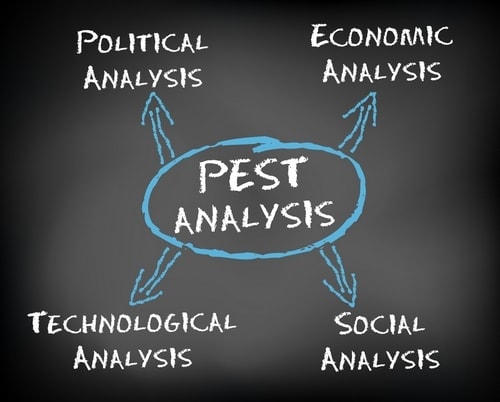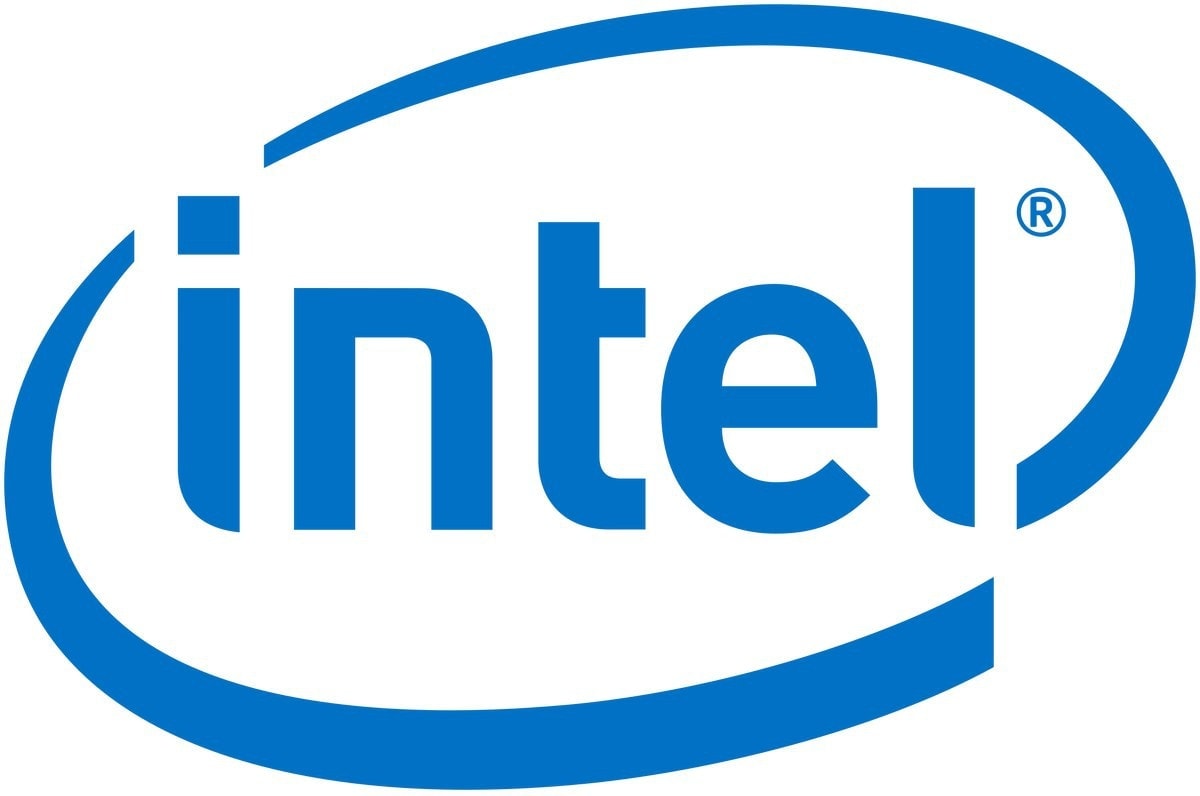
How to Build an Omni-Channel Marketing Strategy | Sprinklr
Build a unified, strategic vision with powerful omni-channel marketing
Sharon Chung
August 6th, 2021
•
6min read
One-size-fits-all marketing is no longer enough.
We live in a fast-paced world, one dominated by the proliferation of social media and other digital channels that constantly compete for our time, attention, and business. Your customers are no longer in one place, they’re everywhere — across multiple digital channels and certain to be jumping on any of the new platforms when they launch. Customers are interacting with more channels than ever before, spending more time glued to digital media, and yet showing less loyalty to any individual platform overall.
Consider:
- Consumers spend an average of 8 hours a day on digital channels (eMarketer)
- 90% of the digital marketing data consumers generate is unstructured (CIO)
- 80% of consumers are more likely to make a purchase when brands offer personalized experiences (Epsilon)
To reach your customers in this fragmented marketplace, your brand needs to move beyond outdated and ineffective single- and multi-channel marketing tactics. It’s not always easy, but doing so will help you deliver a more personalized, tailored omni-channel marketing strategy that resonates further and can (and will) deliver a powerful impact for your brand, and a better customer experience.
Once implemented, you’ll be able to measure how customers react, respond swiftly to their needs (before they even ask), and leverage their engagement to build even better campaigns in the future.
What is omni-channel marketing?
Before you can create a cohesive omni-channel marketing strategy, let’s break down the differences between single-, multi-, and omni-channel campaigns.
Single-channel marketing is limited to one particular channel — whether that is face-to-face in a brick-and-mortar shop, direct mail, email, or another option. This is siloed marketing, where brands task one form of communication with working for everyone, everywhere. There’s a presumed lower cost (at least at the outset), as well as a simplicity that can seem attractive. For small businesses or promotions with limited budgets and small audiences, this type of marketing may still be a viable choice, despite the many drawbacks.
But often, particularly in a digital world where we all split our attention across a number of different channels, more is more. Multi-channel campaigns add more channels to the mix. But the approach is often disjointed, concentrating on independent channel strategies that remain separate and distinct. Channels don’t overlap with each other. Staff and agency partners are siloed as well, with various departments working on one particular channel and often not fully communicating.
Omni-channel marketing strategies, meanwhile, build multi-channel campaigns into a more seamless, sophisticated, and unified customer experience that are designed to work together — not apart. This also gives your team a more centralized view of tracking overall ROI and return on ad spend (ROAS) to ensure that all social and marketing channels work together to achieve a more streamlined, powerful vision.
How to build your omni-channel marketing strategy
More and more marketers are trying to leverage omni-channel initiatives to overcome the many challenges associated with siloed channel marketing strategies. The hard part is overcoming legacy systems and workflows that many companies have been using for decades.
Change can be exciting, but it requires vision, tenacity, and the right technology to integrate across the business in order to be successful. There’s always a learning curve among staff and agency partners as they break down systems that weren’t working as well as they could in favor of stronger, sleeker processes.
Here are the fundamental steps to building your omni-channel marketing strategy:
Build, implement, and manage a unified vision
Think about what solutions you have in place, and how you’re managing them. If different departments and agencies are working in different channels, with different data, and different best practices — how can you create a truly unified product?
The first step is to bring your vision together with the right digital marketing platform. It should utilize customizable brief templates, enhanced workflow engines, powerful AI-driven dashboards, and other tools to help you bring your vision to your audience and keep your teams aligned.
Produce content across global, local, and external teams
Content is king — but if you need to continually focus on maneuvering around inefficient systems, how’re you going to build and drive content that will resonate with your customers?
The second step is to ensure you’re taking advantage of the latest technology that help your brand operate effectively at whatever scale is required. With features like digital asset managers and smart compliance tools, you can boost productivity and meet your compliance needs.
Optimize and strategize campaigns with real-time data
There’s no longer any need for your teams to operate in a vacuum, wondering what campaigns are generating engagement and ROI.
The last step is to empower all of your teams with real-time data using capabilities like performance dashboards and reporting systems that can do all of this work for you — with the right technology in place.
Learn more by downloading our latest ebook, Transforming Your Omni-Channel Strategy in 2021: 17 Essential Capabilities to Drive Growth. And we’ll show you how Sprinklr’s Unified-CXM platform can help you scale omni-channel campaigns with 17 powerful features that will set you up for success while:
- Delivering customized experiences to your desired audience
- Generating robust AI-powered insights
- Creating compelling content and elevating brand messaging
- Automating and optimizing workflows to empower customers and team members
Learn more about Sprinklr’s Modern Marketing.
Sharon Chung is a Senior Product Marketing Manager at Sprinklr focused on the Modern Marketing & Advertising Suite. She enjoys long walks to the ice cream shop and loves to travel, cook, and bake in her free time.










